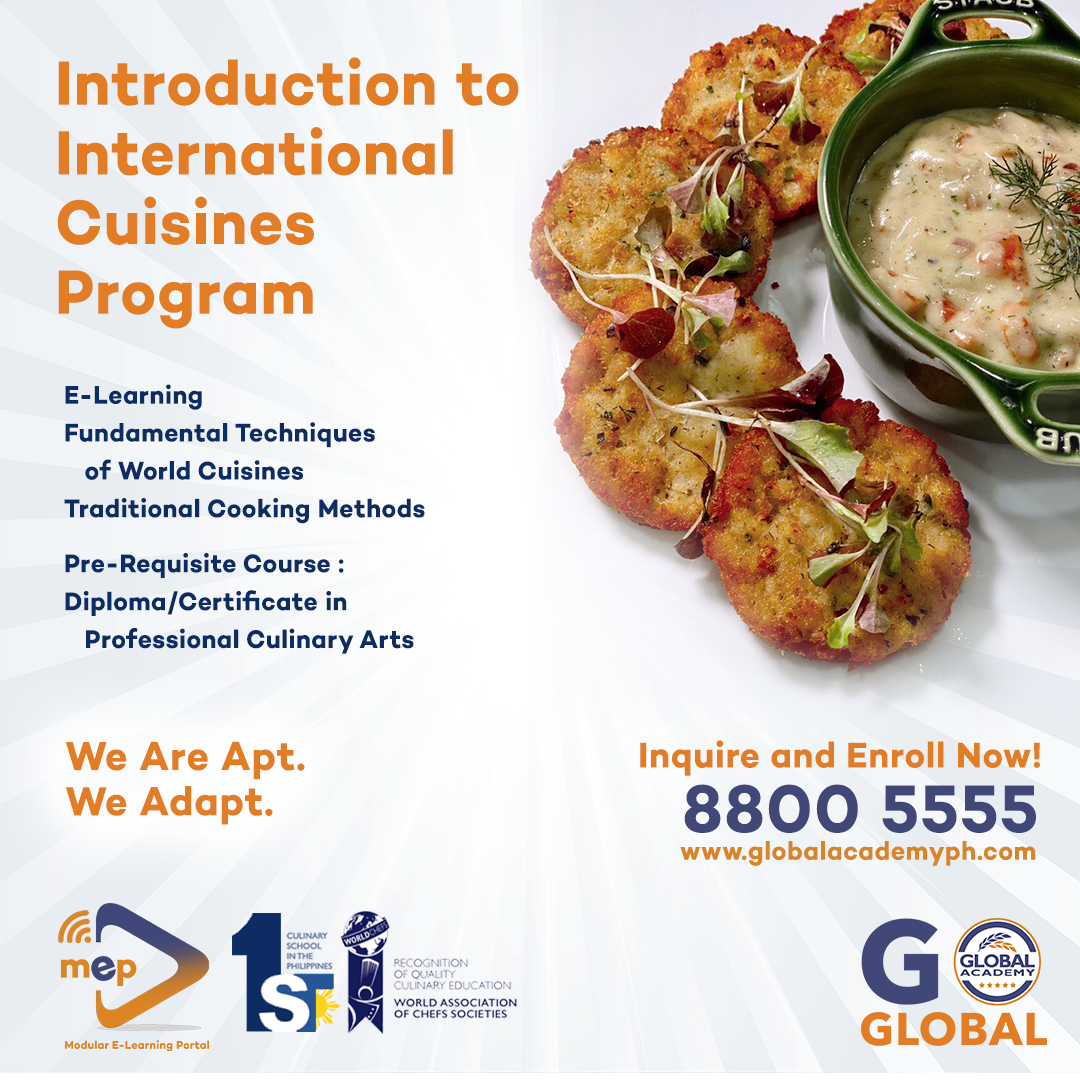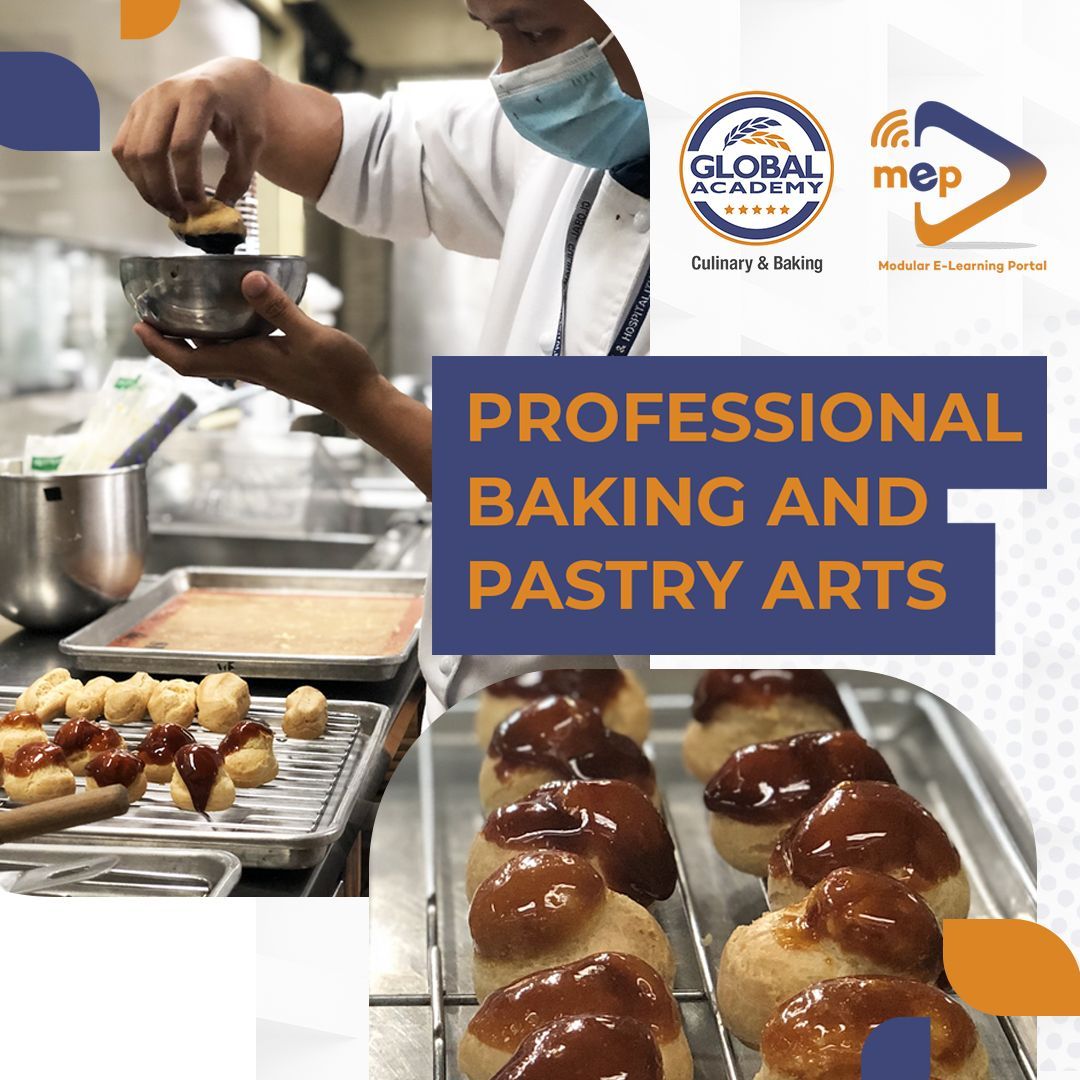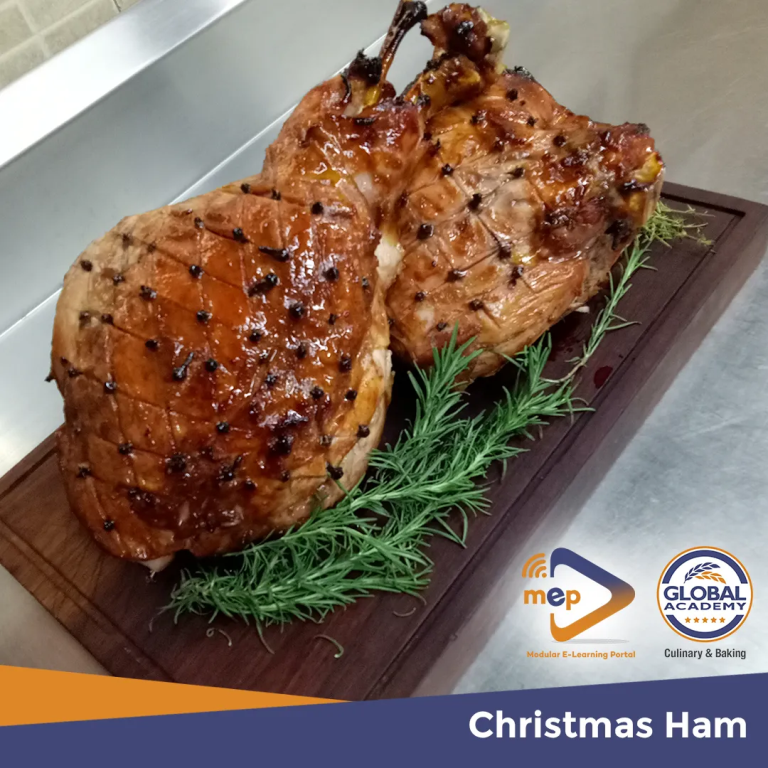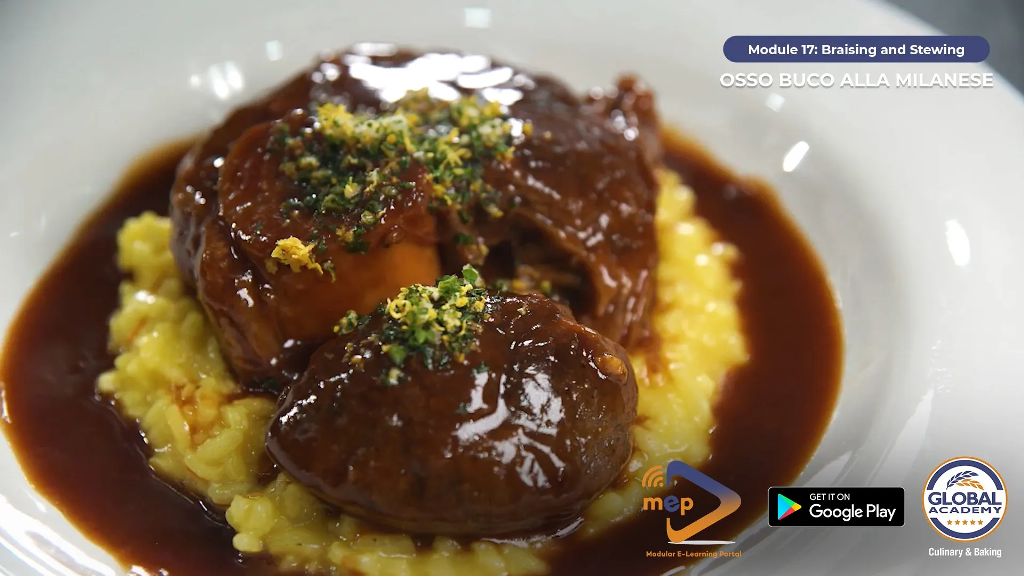COOKING WITH YOUR ALL YOUR SENSES 👀👂🏻👃🏻👅👇🏻🧠
EXCERPT FROM CULINARYCUESBLOG

A BAKER FEELS FLOUR FOR ITS STRUCTURE POTENTIAL
A baker develops a special relationship with the ingredients at his or her disposal and develops the ability to determine a great deal through the sense of touch. Sifting through a baker’s fingers – flour is evaluated to determine how well it will absorb liquid and what its structure potential might be. Flour is never a product of definitive consistency and it is up to the baker to tap into this sense of touch and adjust how the ingredient is approached. Until this sense is developed over time the end product will likely be plagued with inconsistency. At the end of baking – a light tap on the bottom of a loaf reveals the hollow sound signifying a finish to the baking process.
A CHEF CAN DETERMINE IF A SAUTE ITEM IS ON TRACK BY THE SOUNDS IN THE PAN
Walking through a busy production kitchen – the chef must be able to assess what is going on, determine how well cooks are approaching methods and techniques, and how products will reach their intended outcome. Each process reveals a great deal through the senses – one in particular is this sense of sound. When a protein hits a sauté pan the chef will be able to tell, even from a distance away, whether or not the pan is hot enough to produce that essential caramelization enhancing flavor and whether or not this same protein will dance and slide during cooking or stick to the pan leaving it’s real flavor stuck to the metal. A chef’s ears are always tuned-in to these sounds, keeping track of how dedicated each cook is to correct process.
THE SMELL OF CARAMELIZATION
By far, the most acute sense is smell. Over time, we are trained to distinguish certain smells as positive or negative and can, through experience, quickly assess a smell and determine the ingredient and the process being used. A chef will know if those onions are caramelizing or burning, if the oil is too hot for garlic, if the oil in the deep fryer is in need of changing, if those sliced almonds or pignoli are on the verge of burning in the oven, if it is too late to save the bacon, when bread is perfect and even when a coffee pot has been left to dry on a brew burner. The chef’s sense of smell is always on high alert.
THE SNAP OF A GREEN BEAN
How will those vegetables taste once prepared? How can a cook tell if produce is acceptable from a vendor or not? Each vegetable has a story to tell and the chef has read those stories many times. Do those green beans snap signifying their freshness, does the apple crack open with first bite, the sound of a French knife slicing through an onion will talk to it’s power, the resistance of a potato to being cut into pommes frites will signal it’s sugar content, and the firmness of a grape reveals how well it was stored and when it might have been picked. The textures and sounds of produce speak a universal language to a chef pointing those responsible for cooking in the right direction.
THE TOUCH OF A STEAK
One of the most tactile positions in the kitchen is that of the grill cook. Some may say that the only surefire way to determine degree of doneness is with a thermometer – yet a highly experienced grill master can delineate a perfect medium rare from medium with the touch of a finger. At this stage the cook has become one with the meat – he or she understands how the muscle works and the give of that muscle will send a message of doneness through the cooks fingers to the brain. The grill cook knows, through the sense of touch, just how long the steak or chop needs to rest before cooking, understands when to turn the steak to get the perfect grill marks without impacting the continuity of doneness throughout the meat, and can quickly assess how much longer it will take that meat to reach it’s intended outcome. This is mastery of the sense of touch.
THE VISUALS
The visuals of food are important to the chef. From the standpoint of understanding the ingredient – the chef will be able to determine how fresh the ingredient was to begin with, how it was handled, whether or not the cook followed proper technique, and how flavorful the final dish will be without ever sampling the results. When a chef stands at the pass as expeditor – he or she is able to immediately assess all of those factors in a split second, wipe the rim, adjust the fresh herb garnish and transfer the plate to a waiting server knowing full well that the product meets the standards of the operation.
THE SIGHT OF AN EMULSIFICATION WHEN IT HAS REACHED ITS ABSORPTION
Egg yolks will only absorb so much clarified butter, the right amount oil and egg yolks will marry in a perfect mayonnaise, a beurre blanc is sensitive to the right proportions, and egg whites will reach their peak as a meringue, but can quickly fall if the process carries on too long. All of these simple, yet sensitive products rely heavily on not just recipes, but more importantly the cook’s visual interpretation of the right proportions and the timing of incorporation. The longer a person cooks, the more astute this assessment becomes.
WHAT IS THAT FLAVOR – DOES THIS DISH BRING EVERYTHING TOGETHER THROUGH THE SENSE OF TASTE?
I remember talking with a friend who is an accomplished flavorist and owner of a flavor company. I started the conversation with the assumption that his lab would be totally dependent on tools like a gas chromatograph to separate the chemical components of an ingredient or a taste to figure out how to replicate it and computer modeling to build a formula to that end. Yes, he had all of those tools, but he told me that a flavorist relies on his or her palate more than any other tool.
The chef doesn’t have access to the equipment of the flavorist, but he or she does have a palate – the tool developed over many years of tasting and assessing. A seasoned cook (no pun intended) is able to taste a product and define its components and what might be missing in achieving a flavor goal. Like a master sommelier for wine – the chef is able to pull together the senses of smell, touch, sight, sound, and taste to evaluate a dish and establish a protocol of adjustment or evaluate a raw material and determine how it will be addressed in cooking and menu planning.
Some cooks are born with well defined olfactory senses and taste buds, but this gift without multiple experiences with tasting and building flavor benchmarks is somewhat wasted. Cooks need time and exposure to be able to fine-tune the most important tools that a chef relishes – the tools of human senses.
EXCERPT FROM CULINARYCUESBLOG
( https://harvestamericacues.com )














